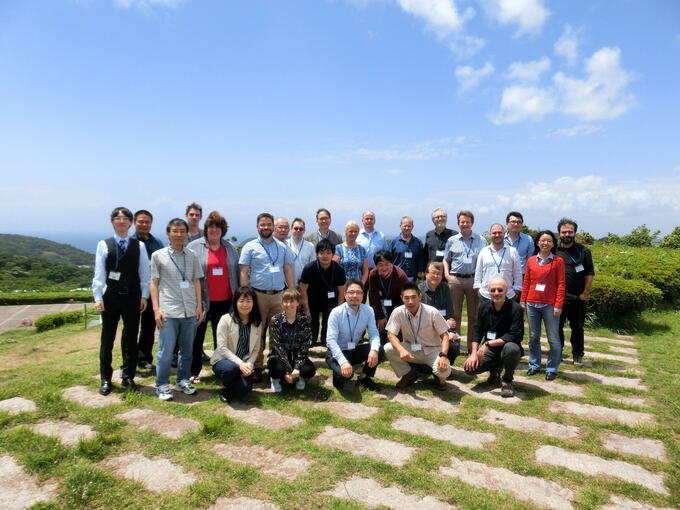NO.141 Language as Goal-Directed Sequential Behavior: Computational Theories, Brain Mechanisms, Evolutionary Roots
May 20 - 23, 2019 (Check-in: May 19, 2019 )
Organizers
- Kenji Doya
- Okinawa Institute of Science and Technology Graduate University, Japan
- Shimon Edelman
- Cornell University, USA
- Takashi Hashimoto
- School of Knowledge Science, Japan Advanced Institute of Science and Technology, Japan

Overview
Description of the meeting
The notion that language is completely unlike any other behavior that humans (let alone other animals) engage in is an integral part of the reigning conceptual framework in linguistics, which underlies both the formalist and the functionalist theoretical outlooks, and which in turn rests on two postulates. First, with regard to the form or structure of language, it is held that the theoretical focus should be on sentences, whose well-formedness is underwritten by a set of formal rules, or grammar. Second, the function of language is commonly believed to be communication, construed as an exchange of “meanings” — information packets that are fully formed by the speaker, to be shipped to and decoded by the listener.
In this workshop, we plan to critically examine both these postulates, in the light of some alternative takes on language. One such alternative view is that language is much closer than commonly thought to other complex sequential behaviors, in its structure, in its function, and in its evolutionary origins. Specifically, it is a behavior that is intended to be interpreted by and to influence others (and self, insofar as it facilitates thinking).
On the computational problem level, language, as a complex behavior, gives rise to the same basic needs for control as the others: sequencing multiple concurrent elementary actions; managing complexity and hierarchical planning; being attuned to the internal and external contexts and outcomes, notably social ones; and setting goals and pursuing them amid dynamically arising contingencies.
On the level of representations and algorithms, this view focuses attention on the concepts of space and navigation. Arguably, the problems that arise from complex behaviors are all about physical or abstract topological spaces, for which the solutions can therefore be viewed as dynamic, constrained navigation. A possible computational approach to modeling navigation in the space of linguistic behaviors would then seem to be one that integrates a dynamically controlled steering mechanism with a repository of sequences of elementary actions.
On the level of neural implementation, it is obvious by now that many parts of the brain contribute to the computation of language. These include, in addition to the classically defined cortical “language areas,” several key subcortical systems and circuits, which participate also in controlling other behaviors.
At the workshop, we shall discuss these and other ideas, with the explicit aims of (i) evaluating the progress attained to date in understanding the nature of language and related behaviors and (ii) identifying promising directions for future research in cognitive linguistics, in the psychology and neurobiology of language, and in natural language engineering.
An edited volume based on the proceedings of the workshop is planned.
